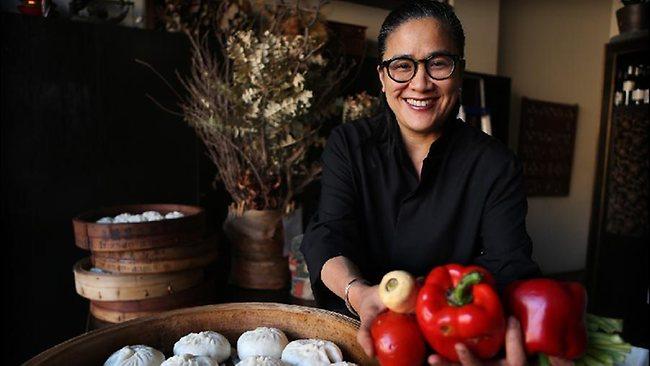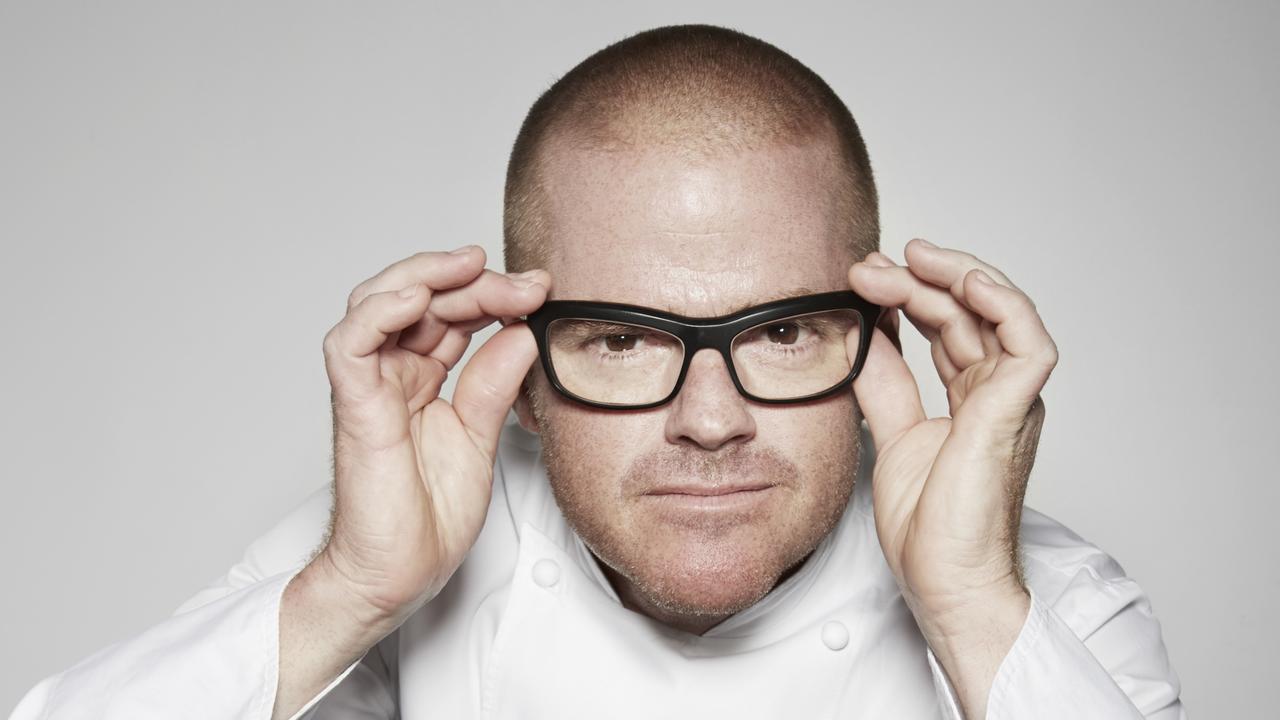Australia: best Asian food in the world
FORGET pies. Salt-and-pepper squid is our new national dish, representing a cornucopia of cuisines.

SIXTY per cent of tourists visiting Australia rank it ahead of Japan and Italy - and second behind only France - in terms of quality of food.
But while Japanese, Italian or French cuisine are easy enough to identify, the question of what defines Australian cuisine can be a tricky one to answer.
At this week's Great Australian Dinner held as part of Sydney's Good Food Month, a group of Australia's best chefs - plus a couple of international heavy hitters in the form of Noma's Rene Redzepi and Momfuku's David Chang - were asked to create a dish that spoke to them of Australian cuisine.
The result: a menu dominated by native Australian ingredients, Asian influences and European techniques - a telling statement on the characteristics of Australian cuisine.
Dishes included bar cod with pickles, chili and sesame dressing and steamed custard by Rockpool's Neil Perry; Blackmore wagyu oyster blade with "lactic-fermented scorzonera," Korean ssamjang, caramelised Angasi oysters and salty ice plant by Quay's Peter Gilmore; and siu mai of marron, goji berry, dehydrated Australian black ants, organic Korean fish sauce and live native green tree ants by Billy Kwong's Kylie Kwong.
In a room of more than 400 Australian diners, for most it was their first time trying the native ingredients on offer. That shouldn't come as a surprise: The country's native foods have historically been kept off the menus of top establishments, instead being confined to Australian-themed restaurants, which have specialised in these oddities as their stock-in-trade.
While it's true that they're finally being adopted by Australian chefs, the trend itself is not particularly Australian. Chefs such as Jennice and Raymond Kersh in Sydney have championed the country's native ingredients for decades, with little traction among more mainstream restaurants. The contemporary flurry of interest in "bush tucker" among Australian chefs may be more directly linked to the global trend of differentiated localism, made popular by the likes of Redzepi and D.O.M.'s Alex Atala, who are charismatic and persuasive advocates for their philosophy.
Perhaps more important to Australian cuisine than these ingredients, as the Great Australian Dinner menu showed, is the impact of Asian flavours. On the bill were only two chefs with Asian ancestry, Chang and Kwong, yet Asian influences appeared in nearly every dish. I've never thought that culinary style should necessarily follow ethnicity, but the fact that so many Australian chefs of European heritage feel confident adding Asian elements to their food is an indication of the deep roots Asian cuisines have in Australia.
I believe that, as a whole, Australia has the best Asian food in the world. Before you protest, try to think of another country that offers so many different Asian cuisines to such a high standard of quality, authenticity and technical proficiency. Anyone trying to find good Malaysian char kway teow in Tokyo, or Korean buldak in Ho Chi Minh City may well agree, and both are easily available in any of Australia's major cities.
Even among other multicultural nations like the US and Canada, Australia's proximity to Asia - and particularly Southeast Asia - has brought a far greater diversity of Asian migrants and their cuisines into Australian culture. Indeed, the first Thai restaurant to be awarded a Michelin star, Nahm in London, did so under the rudder of Australian chef David Thompson.
When I'm asked to describe a dish that encapsulates Australian cuisine, I avoid meat pies, fish and chips or pavlova from New Zealand. These are undoubtedly part of Australia's culinary landscape, but they are the icons of perhaps 30 years ago.
Today, I instead describe Australian cuisine through salt-and-pepper squid. Deep-fried and tossed in salt and pepper, perhaps with some garlic, onion and chili, it is a dish that can be found in variations in almost every pub, Italian café, Spanish tapas bar, Greek taverna or Vietnamese, Chinese or Thai restaurant menu around the country.
It isn't fine dining, but it is testament to the pervasive influences that make Australian one of the most exciting and multicultural cuisines on the planet.
Adam Liaw is a food columnist for the Wall Street Journal, and winner of 2010 MasterChef Australia.



